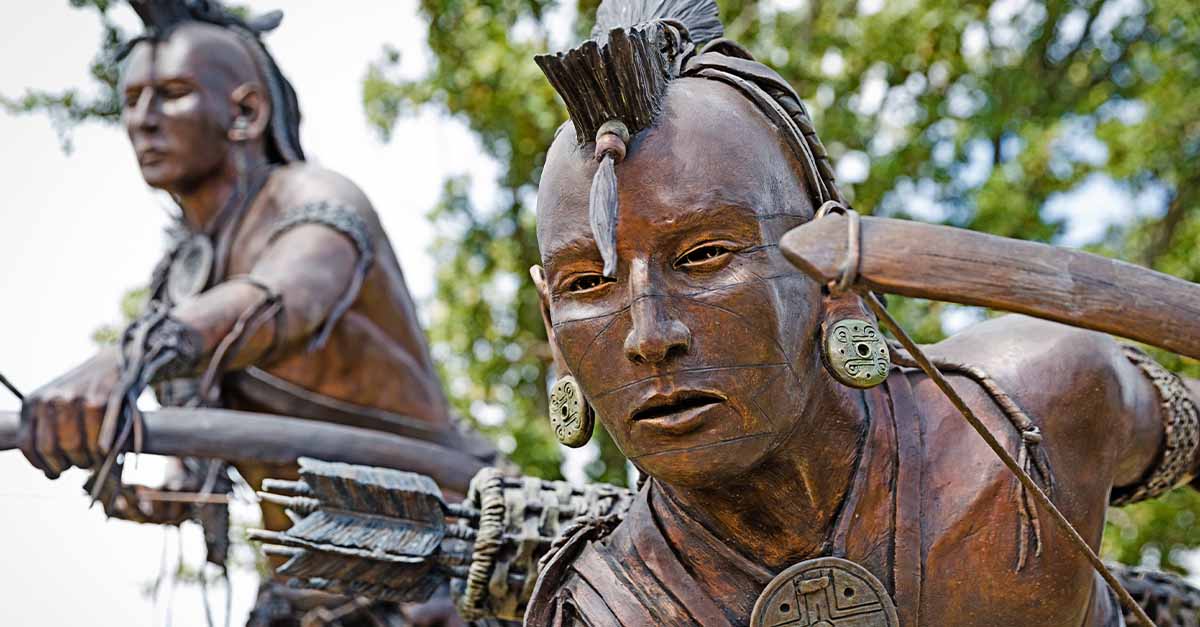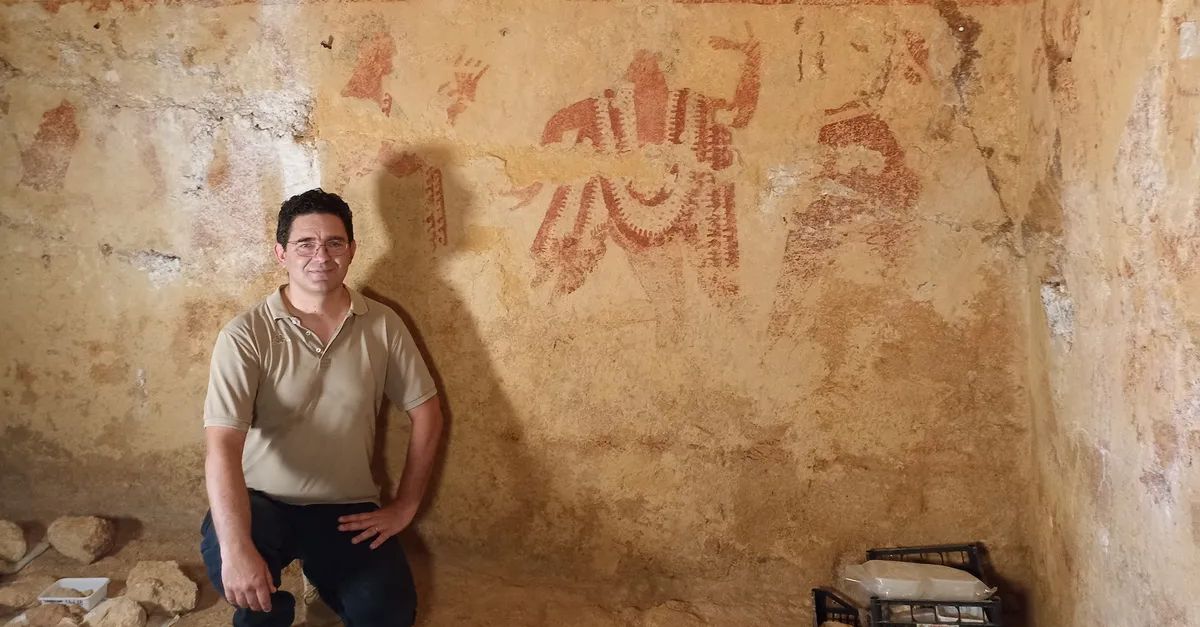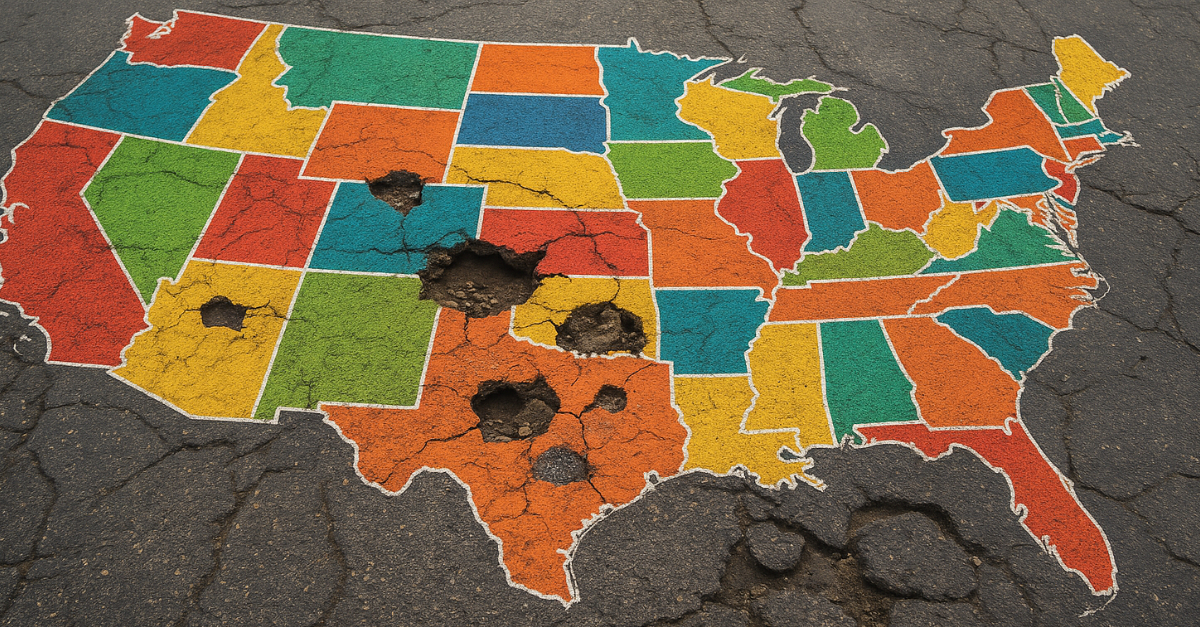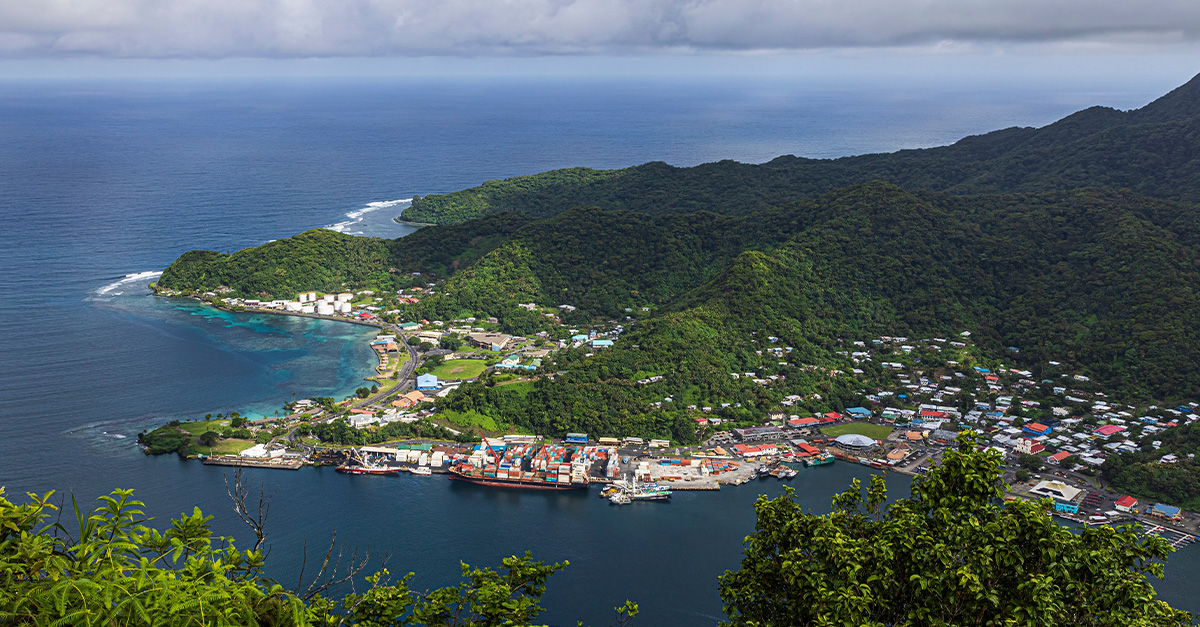Introduction To The Chickasaw
The Chickasaw are an Indigenous people from the Southeastern Woodlands of the United States. Historically, their territory included northern Mississippi, northwestern Alabama, western Tennessee, and southwestern Kentucky. Today, they are recognized as the federally organized Chickasaw Nation, based primarily in Oklahoma.

Origin Of The Name
Anthropologist John Swanton noted "Chickasaw" came from a Chickasaw minko', or leader. The original word "Chikashsha" means "comes from “Chicsa" in Creek pronunciation. RW McAdam suggested it translates to "rebel" in the Choctaw language.
 First Encounter - Chickasaw Heritage Series S2 - E2, Chickasaw TV
First Encounter - Chickasaw Heritage Series S2 - E2, Chickasaw TV
Early European Encounter
The Spanish explorer Hernando de Soto first encountered the Chickasaw in 1540. De Soto's expedition referred to the Chickasaw as "Chicaza". The Spanish were the first Europeans to explore the southeastern region.
 First Encounter - Chickasaw Heritage Series S2 - E2, Chickasaw TV
First Encounter - Chickasaw Heritage Series S2 - E2, Chickasaw TV
Chickasaw And The De Soto Expedition
Initially wary, Chickasaw warriors attacked the Spanish expedition in 1540. The nighttime raid nearly destroyed de Soto's forces, prompting their rapid departure. This event significantly shaped early Chickasaw-European relations.
 First Encounter - Chickasaw Heritage Series S2 - E2, Chickasaw TV
First Encounter - Chickasaw Heritage Series S2 - E2, Chickasaw TV
Migration And Oral History
According to their oral tradition, the Chickasaw migrated from lands west of the Mississippi River. They settled in northeast Mississippi, northwest Alabama, and Tennessee’s Lawrence County.
 First Encounter - Chickasaw Heritage Series S2 - E2, Chickasaw TV
First Encounter - Chickasaw Heritage Series S2 - E2, Chickasaw TV
Archaeological Perspectives
Archaeologist Patricia Galloway theorized the Chickasaw and Choctaw split into distinct groups in the 17th century. They emerged from the Plaquemine culture, a mound-building society in the Mississippi Valley. These ancestral groups had inhabited the region for thousands of years.
 First Encounter - Chickasaw Heritage Series S2 - E2, Chickasaw TV
First Encounter - Chickasaw Heritage Series S2 - E2, Chickasaw TV
The Chickasaw Bluffs
The Mississippi River, known as Sakti Lhafa' Okhina ("scored bluff waterway"), is central to Chickasaw cultural identity. Known today as the Chickasaw Bluffs, this landmark symbolized new beginnings.
 Unknown Author, Wikimedia Commons
Unknown Author, Wikimedia Commons
Choctaw And Chickasaw Relationship
The Chickasaw are closely related to the Choctaw, sharing a common history and ancestry. Historically one people, the two split during their migration eastward. They maintained intertwined cultural and historical narratives.
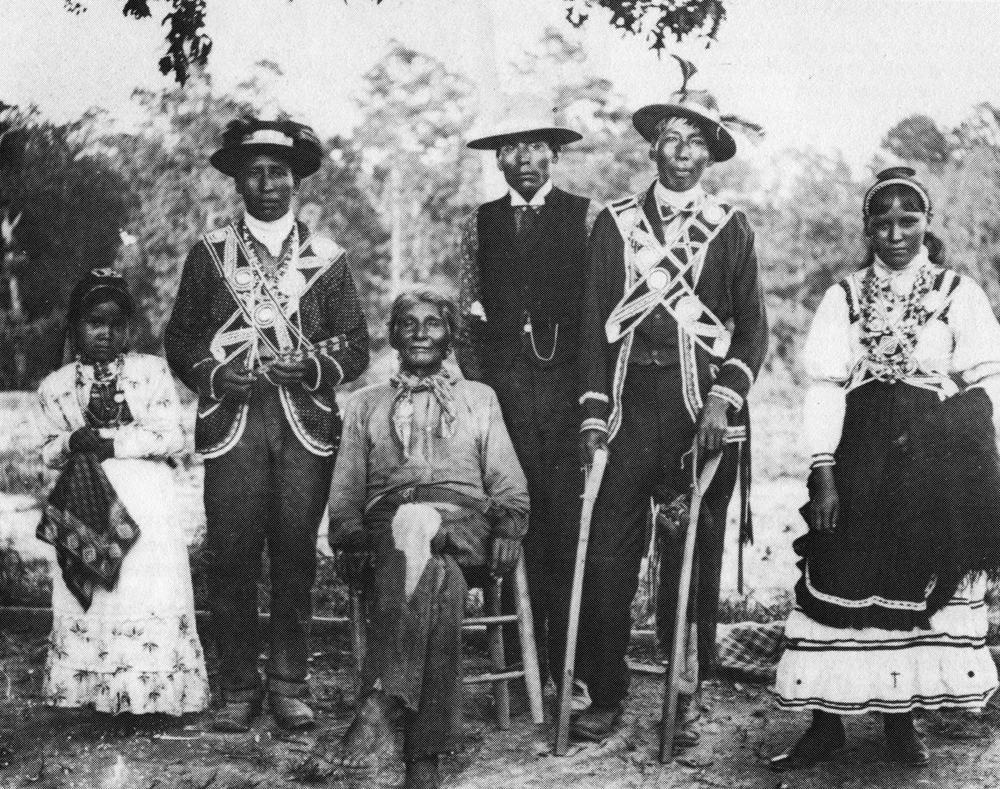 English Wikipedia, Wikimedia Commons
English Wikipedia, Wikimedia Commons
Mound-Building Traditions
The Chickasaw emerged from earlier Mississippian mound-building cultures dating to around 880 CE. Complex villages and ceremonial mounds characterized their societies. Nanih Waiya, a sacred earthwork mound, figures prominently in their creation stories.
 First Encounter - Chickasaw Heritage Series S2 - E2, Chickasaw TV
First Encounter - Chickasaw Heritage Series S2 - E2, Chickasaw TV
Sacred Origins At Nanih Waiya
Chickasaw tradition states they arose at Nanih Waiya mound, built around 300 CE by earlier Woodland peoples. The Choctaw share a similar origin myth involving this sacred site. Both tribes revere Nanih Waiya as spiritually significant.
 Ditch Fisher, CC BY-SA 3.0, Wikimedia Commons
Ditch Fisher, CC BY-SA 3.0, Wikimedia Commons
Mississippian Ideological Sphere
The Chickasaw were part of the Mississippian Ideological Interaction Sphere. This network encompassed the Mississippi and Ohio river valleys and tributaries. Shared religious, cultural, and social ideas defined this sphere.
 First Encounter - Chickasaw Heritage Series S2 - E2, Chickasaw TV
First Encounter - Chickasaw Heritage Series S2 - E2, Chickasaw TV
Structure Of Chickasaw Society
Traditionally, Chickasaw society had two groups called moieties: Imosak Cha'a' ("chopped hickory") and Inchokka' Lhipa' ("worn out house"). However, the precise role of these divisions remains unclear today.
 First Encounter - Chickasaw Heritage Series S2 - E2, Chickasaw TV
First Encounter - Chickasaw Heritage Series S2 - E2, Chickasaw TV
Matrilineal Kinship
The Chickasaw followed a matrilineal descent system, tracing lineage through the mother’s line. Children gained clan identity and social status through their mothers. Property rights and leadership roles passed through the maternal line.
 First Encounter - Chickasaw Heritage Series S2 - E2, Chickasaw TV
First Encounter - Chickasaw Heritage Series S2 - E2, Chickasaw TV
Role Of Women
Women held significant authority in Chickasaw society, controlling property and hereditary leadership. Maternal uncles guided the upbringing of children, especially boys.
 First Encounter - Chickasaw Heritage Series S2 - E2, Chickasaw TV
First Encounter - Chickasaw Heritage Series S2 - E2, Chickasaw TV
Chickasaw Chiefs
Chickasaw leaders were titled "minko," denoting their chief status. The term "minko" survives in place names like Tishomingo, named after a prominent Chickasaw chief. These place names endure in Mississippi and Oklahoma.
 First Encounter - Chickasaw Heritage Series S2 - E2, Chickasaw TV
First Encounter - Chickasaw Heritage Series S2 - E2, Chickasaw TV
British Chickasaw Trade Relations
Trade between the Chickasaw and British colonists began soon after Charles Town's founding in 1670. British traders exchanged firearms and goods for Chickasaw-captured slaves from rival tribes. This strategic trade bolstered Chickasaw power.
 First Encounter - Chickasaw Heritage Series S2 - E2, Chickasaw TV
First Encounter - Chickasaw Heritage Series S2 - E2, Chickasaw TV
Chickasaw And French Rivalry
Chickasaw alliances with British colonists caused friction with French settlers. This rivalry escalated into frequent armed conflicts during the 18th century. The Chickasaw fiercely resisted French expansion in the Southeast.
 First Encounter - Chickasaw Heritage Series S2 - E2, Chickasaw TV
First Encounter - Chickasaw Heritage Series S2 - E2, Chickasaw TV
Battle Of Ackia In 1736
The Chickasaw successfully defended themselves against French forces at the Battle of Ackia in 1736. This significant victory reinforced their military reputation. French attempts to dominate the Chickasaw largely failed thereafter.
 First Encounter - Chickasaw Heritage Series S2 - E2, Chickasaw TV
First Encounter - Chickasaw Heritage Series S2 - E2, Chickasaw TV
Influence In Regional Trade
Despite their small numbers, the Chickasaw wielded substantial regional trading influence. Their strategic location enabled control over Mississippi River trade routes. This influence was recognized by British officials like Edmund Atkin.
 First Encounter - Chickasaw Heritage Series S2 - E2, Chickasaw TV
First Encounter - Chickasaw Heritage Series S2 - E2, Chickasaw TV
Red And White Trade Divisions
Chickasaw trade was divided into "white" (peace) and "red" (war) categories. Chiefs specialized in managing these distinct trade relations separately. Their British alliances typically fell under red trade routes.
 First Encounter - Chickasaw Heritage Series S2 - E2, Chickasaw TV
First Encounter - Chickasaw Heritage Series S2 - E2, Chickasaw TV
Bernard Romans Observations
Bernard Romans called the Chickasaw "the mother nation" of the region. Their language was widely adopted by neighboring tribes. Romans' accounts highlight Chickasaw cultural influence.
 First Encounter - Chickasaw Heritage Series S2 - E2, Chickasaw TV
First Encounter - Chickasaw Heritage Series S2 - E2, Chickasaw TV
Chickasaw And American Alliances
During the American Revolutionary War, the Chickasaw allied with the United States. Chief Piomingo notably supported General Anthony Wayne against Northwestern tribes. They maintained a loyal relationship with early America.
 First Encounter - Chickasaw Heritage Series S2 - E2, Chickasaw TV
First Encounter - Chickasaw Heritage Series S2 - E2, Chickasaw TV
Treaty Of Hopewell In 1786
The Chickasaw signed the Treaty of Hopewell in 1786, establishing peace with the United States. Benjamin Hawkins represented the US at this treaty signing. This aimed to formally secure friendship and end hostilities.
 blahedo, CC BY-SA 2.5, Wikimedia Commons
blahedo, CC BY-SA 2.5, Wikimedia Commons
Chickasaw In The Creek Wars
In the Creek Wars (1813-1814), Chickasaw warriors like William Colbert fought alongside General Andrew Jackson. Their participation reinforced their alliance with the United States. This helped protect their territories temporarily.
 Rembrandt Peale, Wikimedia Commons
Rembrandt Peale, Wikimedia Commons
Jackson Purchase In 1818
In the 1818 Treaty of Tuscaloosa, the Chickasaw ceded vast lands in Tennessee and Kentucky (Jackson Purchase). They retained only a small reservation, leased to European settlers.
 First Encounter - Chickasaw Heritage Series S2 - E2, Chickasaw TV
First Encounter - Chickasaw Heritage Series S2 - E2, Chickasaw TV
Fort Hampton Protection In 1810
The US established Fort Hampton in 1810 to protect Chickasaw lands from settler encroachment. Located in present-day Limestone County, Alabama, this fortification was unique in safeguarding Indigenous land claims. However, its impact was limited.
 First Encounter - Chickasaw Heritage Series S2 - E2, Chickasaw TV
First Encounter - Chickasaw Heritage Series S2 - E2, Chickasaw TV
Cultural Transformation Policies
President George Washington initiated policies to culturally "civilize" tribes like the Chickasaw. This policy encouraged farming, education, and Christianity among Native peoples. Historian Robert Remini noted it was meant to integrate tribes into American society.
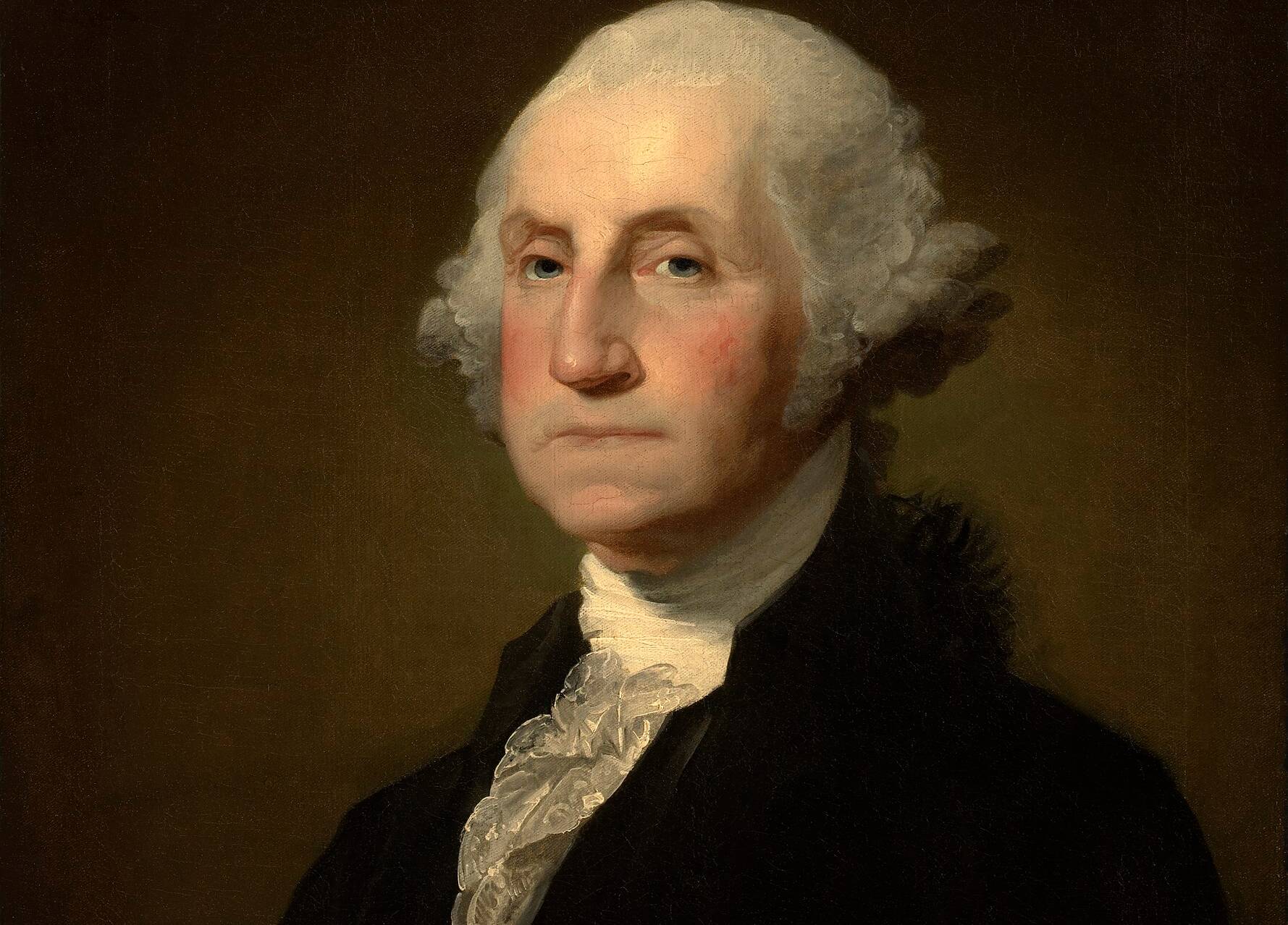 Gilbert Stuart, Wikimedia Commons
Gilbert Stuart, Wikimedia Commons
The Colbert Family Influence
Trader James Logan Colbert married Chickasaw women, integrating into tribal leadership circles. His sons, including William and Levi Colbert, became influential Chickasaw leaders.
 Colbert Emori, CC BY-SA 4.0, Wikimedia Commons
Colbert Emori, CC BY-SA 4.0, Wikimedia Commons
Levi And George Colbert
Levi Colbert served as principal chief, negotiating complex treaties amid removal pressures. His brother George reluctantly succeeded him after Levi's death. Their leadership shaped Chickasaw removal experiences.
 First Encounter - Chickasaw Heritage Series S2 - E2, Chickasaw TV
First Encounter - Chickasaw Heritage Series S2 - E2, Chickasaw TV
Treaty Of Pontotoc Creek In 1832
Under immense pressure, Chickasaw leaders signed the Treaty of Pontotoc Creek in 1832. The treaty ceded remaining Mississippi lands to the United States, which paved the way for forced Chickasaw relocation westward.
 Thomas R Machnitzki , CC BY 3.0, Wikimedia Commons
Thomas R Machnitzki , CC BY 3.0, Wikimedia Commons
Removal To Indian Territory
Between 1832 and 1837, the Chickasaw prepared for removal to Indian Territory. Unlike other tribes, they negotiated financial compensation rather than land exchanges. Eventually, they purchased land from the Choctaw in Indian Territory.
 First Encounter - Chickasaw Heritage Series S2 - E2, Chickasaw TV
First Encounter - Chickasaw Heritage Series S2 - E2, Chickasaw TV
Trail Of Tears In 1837
On July 4, 1837, about 3,000 Chickasaw embarked on the Trail of Tears from Memphis, Tennessee. Tragically, more than 500 Chickasaw died from diseases like dysentery and smallpox during relocation.
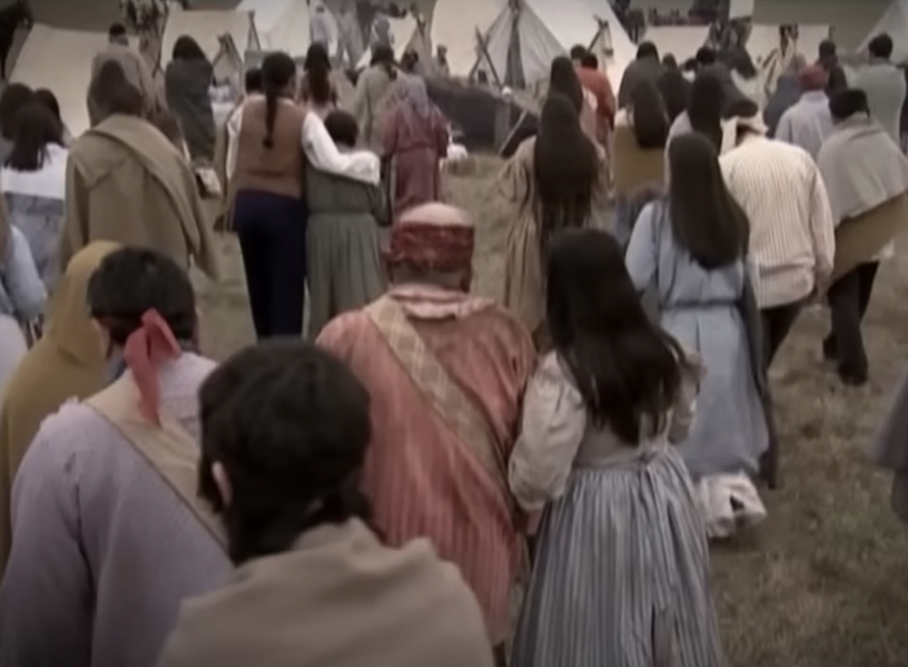 Trail of Tears National Historic Trail, NationalTrailsNPS
Trail of Tears National Historic Trail, NationalTrailsNPS
Constitution In Indian Territory
In the 1850s, Chickasaw leaders, including Holmes Colbert, drafted their constitution in Oklahoma. Initially administered with the Choctaw Nation, the Chickasaw later re-established independence.
 Jesse Burt and Bob Ferguson, Wikimedia Commons
Jesse Burt and Bob Ferguson, Wikimedia Commons
Chickasaw-Confederacy Alliance In 1861
The Chickasaw Nation allied with the Confederacy during the American Civil War in 1861. They were the first among the Five Civilized Tribes to officially side with Confederate forces. Confederate promises influenced this strategic decision.
 First Encounter - Chickasaw Heritage Series S2 - E2, Chickasaw TV
First Encounter - Chickasaw Heritage Series S2 - E2, Chickasaw TV
Confederate Treaty In 1861
Albert Pike negotiated the 1861 treaty between the Chickasaw, Choctaw, and Confederate States. This treaty addressed Chickasaw sovereignty, Confederate citizenship, and representation. It aligned Chickasaw interests closely with Confederate aims.
 Mathew Benjamin Brady, Wikimedia Commons
Mathew Benjamin Brady, Wikimedia Commons
Impact Of Civil War Alliance
Following the Civil War, Chickasaw lands were reduced due to their Confederate alliance. Then, the US demanded the emancipation of enslaved African Americans within the Chickasaw Nation.
 First Encounter - Chickasaw Heritage Series S2 - E2, Chickasaw TV
First Encounter - Chickasaw Heritage Series S2 - E2, Chickasaw TV
Chickasaw District
Initially combined with the Choctaw, the Chickasaw region was called the Chickasaw District. Its boundaries were frequently contested and adjusted. This area faced repeated raids by Plains tribes.
 First Encounter - Chickasaw Heritage Series S2 - E2, Chickasaw TV
First Encounter - Chickasaw Heritage Series S2 - E2, Chickasaw TV
The Leased District
The western Chickasaw District was leased to Plains tribes by the US government. Known as the Leased District, this area became a buffer zone which impacted Chickasaw territorial integrity.
 First Encounter - Chickasaw Heritage Series S2 - E2, Chickasaw TV
First Encounter - Chickasaw Heritage Series S2 - E2, Chickasaw TV
Modern Chickasaw Nation
Today, the federally recognized Chickasaw Nation is headquartered in Ada, Oklahoma. It ranks as the 13th-largest recognized tribe in the US. Contemporary Chickasaw continue preserving their rich heritage and culture.
 Larry D. Moore, CC BY 4.0, Wikimedia Commons
Larry D. Moore, CC BY 4.0, Wikimedia Commons
Cultural Preservation
Chickasaw traditions, language, and history continue to thrive through active preservation efforts. Institutions like the Chickasaw Cultural Center in Oklahoma showcase their heritage. Modern Chickasaw remain dedicated to honoring ancestral legacies.
You May Also Like:
The Northern Native Tribe That Never Gave Up
Native American History They Don't Teach In School
The Native Tribe That Tipped The Balance of The Revolutionary War
 National Trails Office (US National Park Service), Wikimedia Commons
National Trails Office (US National Park Service), Wikimedia Commons
Sources: 1

